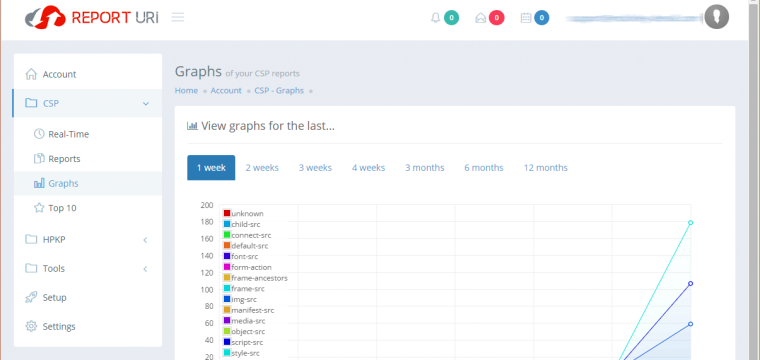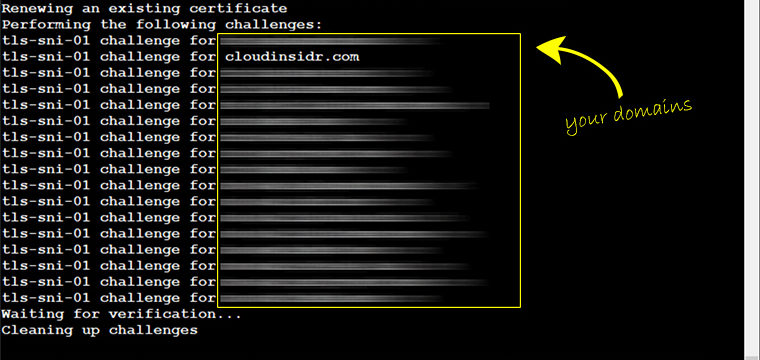Sundar Pichai, Google’s CEO, took to Google+ today to announce that the company’s annual developer conference, Google I/O 2016, would take place at the Shoreline Amphitheatre in Mountain View on May 18-20. If you plan to attend, mark your calendars now! The registration kicks off on March 8th.
This Google I/O is going to be huge. Sundar Pichai will celebrate its 10th anniversary with an exciting keynote and countless surprises. Stay tuned!




